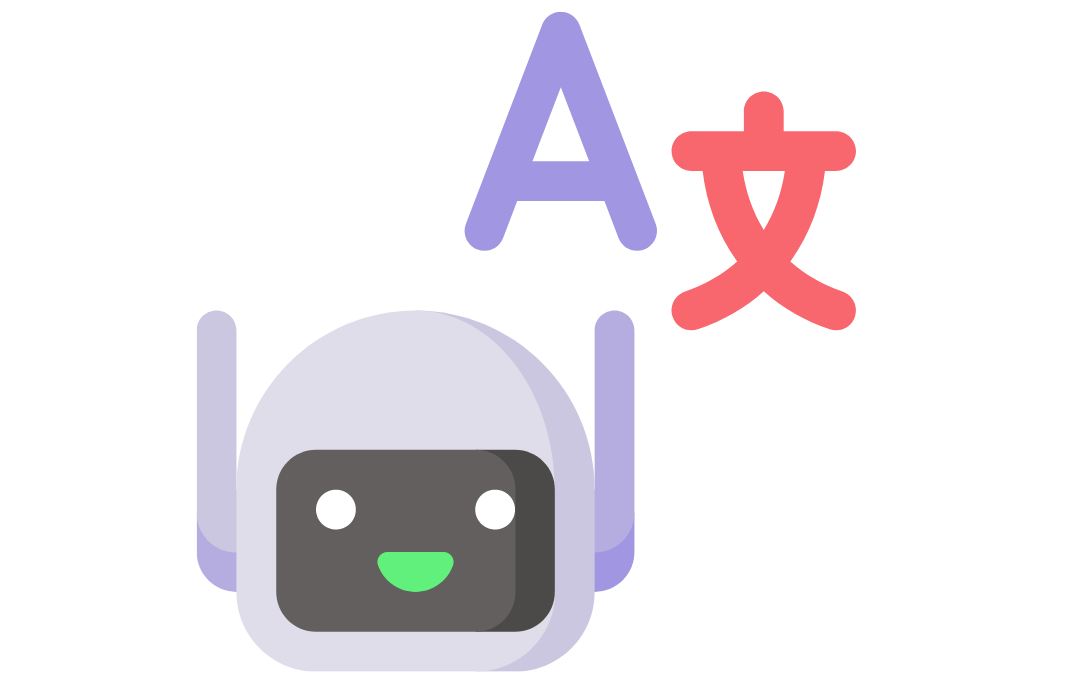How to Save 25% on Software and Firmware Localization Projects with MTPE
Cut Costs. Maintain High Standards.
AI models like large language models (LLMs) are transforming the localization industry, creating real opportunities to accelerate workflows and cut costs. But when it comes to software and firmware, applying machine translation with post-editing (MTPE) isn’t always straightforward and requires a tailored strategy.
Text strings are often written by engineers, tend to be very short, and usually lack context—factors that can undermine the quality of standard machine translation. Here, LLMs offer a distinct advantage: they can generate more context-sensitive translations, especially when combined with human expertise.
Our goal: higher quality at lower cost
To overcome these challenges without compromising quality, we piloted a hybrid approach (using MTPE) with one of our key technology clients, HP. The result: a 25% reduction in software and firmware localization costs.
We achieved this with two key steps:
Pre-review of source content (English):
Before running the machine translation, our linguists review the source text to correct errors, improve consistency, and unify terminology. This step enhances the quality of the machine translation output and significantly reduces post-editing time.
Collaborative Q&A system for linguists:
To handle out-of-context strings, we created an online Q&A system where linguists can ask or answer questions. The platform automatically notifies the team of new entries and updates, ensuring everyone fully understands the context—essential for maintaining accuracy.
Conclusion
This case demonstrates that even in highly technical projects such as software localization, hybrid AI-driven workflows (with MTPE) can be implemented successfully without sacrificing quality.
The outcome: lower costs, faster turnaround, and measurable, sustainable ROI.
This approach aligns with the cost estimation model for hybrid workflows that we outlined in How to Measure the ROI of Localization by Combining AI and Human Translation. In the article, we break down both direct costs (translation, post-editing, project management) and indirect costs (technology, QA, support, multimedia localization, DTP).

